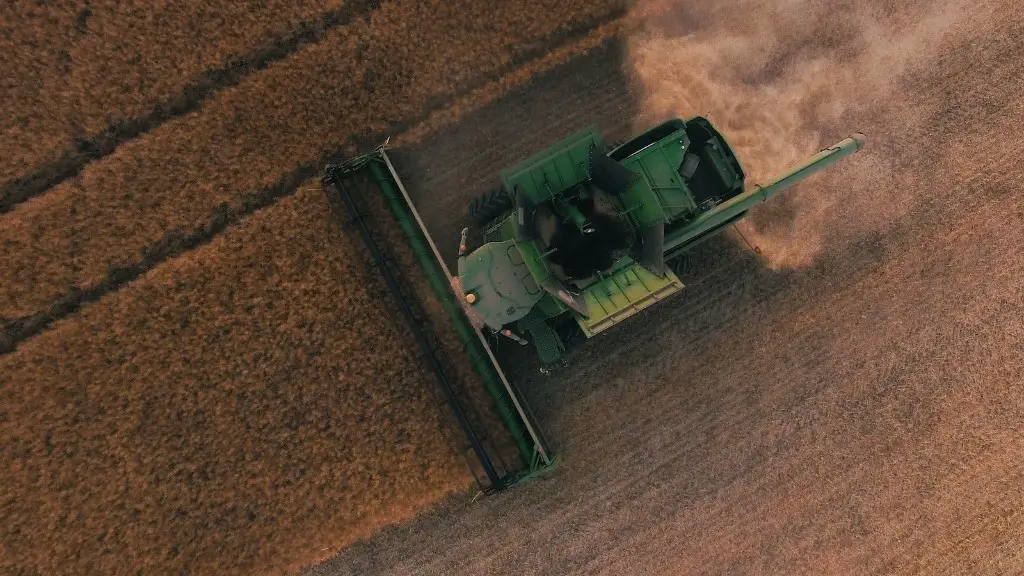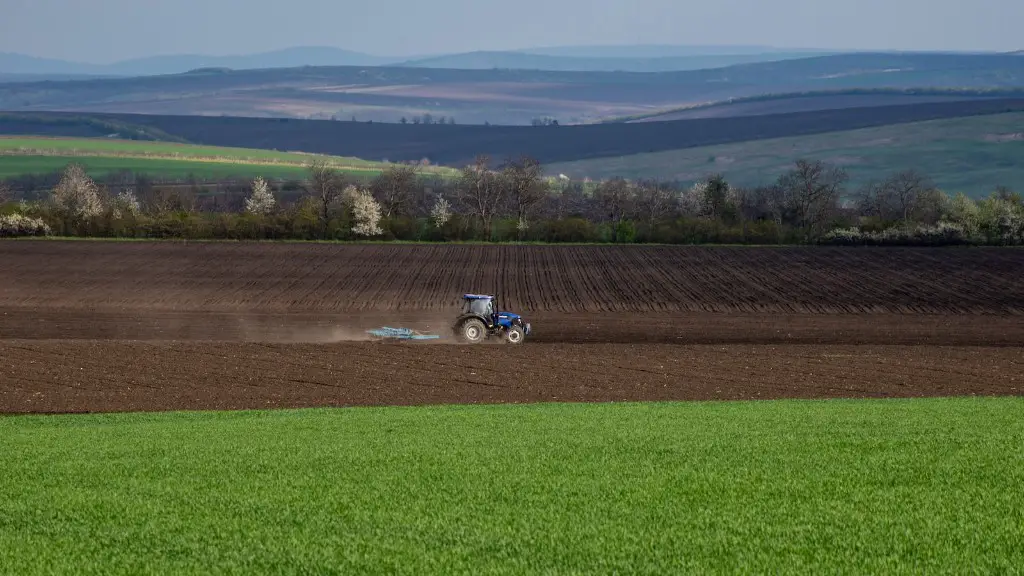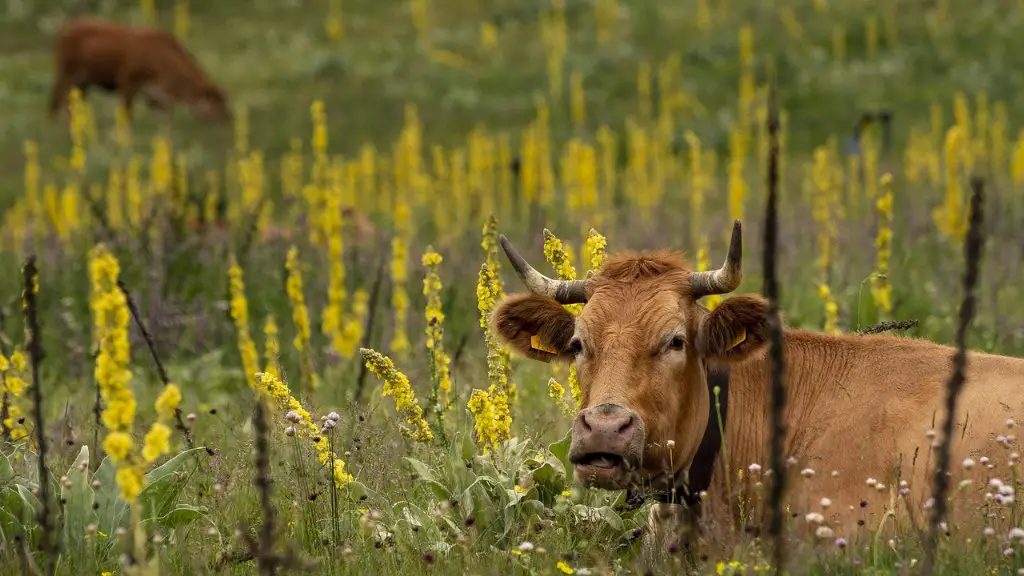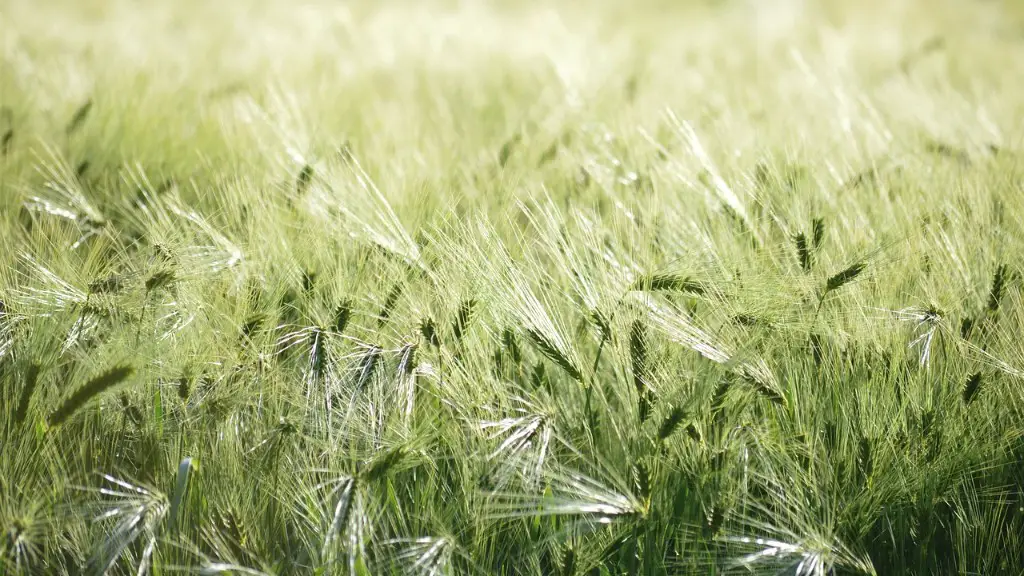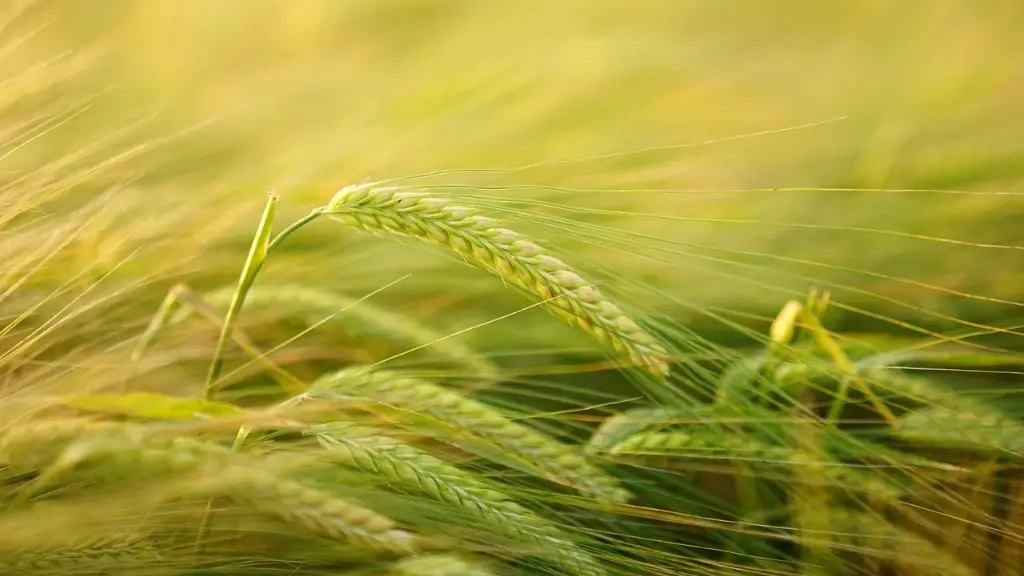Artificial intelligence can help agriculture in a number of ways. It can help with crop monitoring, yield predictions, irrigationscheduling, and more.
The farming industry has been struggling in recent years due to droughts, floods, and insect infestations. They have to contend with volatile weather patterns and ever-changing markets. AI can help by providing information that can help farmers make more informed decisions about when to plant, how to irrigate, what to fertilize, and when to harvest. AI can also be used to monitor crops and predict yields.
How does AI impact agriculture?
The AI for Agriculture Innovation initiative is transforming the agriculture sector in India by promoting the use of artificial intelligence and other technologies. Over 7,000 farmers are using the technology to monitor the health of their crops, perform quality control and test soil. The initiative is helping farmers to increase yields, reduce costs and improve the quality of their crops.
AI can help farmers in a number of ways, from providing real-time insights into their fields to identifying areas that need irrigation, fertilization, or pesticide treatment. Additionally, innovative farming practices like vertical agriculture may help increase food production while minimizing the use of resources.
How artificial intelligence will change the future of agriculture
It is no secret that agriculture is one of the most important industries in the world. It is the foundation of every civilization and it is what sustains us. Unfortunately, it is also an industry that is in decline. The problem is that the population is growing faster than the food supply, and the amount of arable land is limited. This is where AI comes in.
AI can help farmers in a number of ways. For example, it can help them to map their crops and to track the weather. It can also help them to choose the best time to plant and to harvest their crops. In addition, AI can help farmers to identify pests and diseases, and to recommend the best course of action to take.
AI is already making a difference in the agricultural industry, and it is only going to become more important in the future. Farmers who embrace AI will be able to increase their yields, and to produce food more efficiently. This will be vital in the years to come, as the world’s population continues to grow.
The use of AI-enhanced robots and drones in agriculture has led to improved efficiency in food production, packing and sorting. The robots and drones are able to target irrigation, weed control and crop management, which has helped to improve the overall efficiency of the field. This has had a positive impact on the food industry, as it has helped to reduce wastage and improve production levels.
What are the 3 most popular applications of AI in agriculture?
The application of artificial intelligence (AI) in agriculture is still in its early stages, but there are already a number of practical applications that are being used or developed to improve various aspects of crop and livestock production.
Crop and soil monitoring is one area where AI is being used to collect data more efficiently and to improve the accuracy of yield predictions. Insect and plant disease detection is another area where AI is being used to help farmers more quickly identify problems and take corrective action. Livestock health monitoring is another area where AI is beginning to be used to improve the efficiency of data collection and to help identify health problems early.
Intelligent spraying is another area where AI is being used to improve the accuracy of pesticide application, and there are also a number of initiatives underway to develop robots for automatic weeding. Aerial survey and imaging is another area where AI is being used to improve the accuracy of information gathering, and there are also a number of projects underway to develop AI-based systems for produce grading and sorting.
The future of AI in agriculture is likely to see even more widespread adoption of these and other technologies as farmers increasingly look to AI to help them improve efficiency and productivity. One potential area of future development is the use of AI to help farmers
Predictive maintenance of CropDrones powered by AI capabilities can help farmers to improve their crop yields and decrease capital costs. Pre-trained drones can capture plant images and then use AI algorithms to analyze plants, pests, and diseases. Hence accordingly, they can recommend solutions.
How does AI help life on land?
AI has the potential to help protect the environment in many ways. For example, AI can help detect energy emission reductions, CO2 removal, and develop greener transportation networks. AI can also help monitor deforestation and predict extreme weather conditions. By using AI, we can help make a difference in the global effort to protect the environment.
Sustainable land use is a hot topic these days. With the help of AI and satellite imagery, we can now detect changes in land use, vegetation, forest cover, and the fallout of natural disasters. This gives us the ability to take corrective action early on, before things get out of hand. In addition, AI-augmented agriculture via robotics can help us detect crop diseases and other issues early on, so that we can take steps to address them before they cause serious problems.
What are the 4 main problems AI can solve
Artificial Intelligence can help companies in a number of ways, from customer support to data analysis and fraud prevention. By automating various tasks and processes, AI can help businesses boost their productivity and efficiency. Additionally, AI can be used to recognize patterns and trends in customer behavior, which can then be used to make better decisions about marketing, sales, and product development.
The digitization of agriculture poses new risks of cyberattacks, including ransomware and denial-of-service attacks, as well as interference with AI-driven machinery. These risks must be carefully managed to protect the agricultural sector from potential disruptions.
Which country uses AI in agriculture?
Precision agriculture is a farming management technique that uses information technology (IT) to gather data about crops and soils, and then to manage, monitor and optimize farm productivity. By using precision agriculture techniques, farmers can improve yields, reduce inputs costs and improve overall farm profitability.
AI can help growers select the right seeds with the right genetic makeup to generate the highest yield. AI can and will process all the growth, genetic, and environmental data. It will review all the parameters and varieties to identify patterns and insights faster than humans.
What is the greatest advantage of using robots in agriculture
The agricultural industry is increasingly turning to robots to help with various tasks. Robots offer a number of advantages over traditional methods, including a higher quality of fresh produce, lower production costs, and a smaller need for manual labor. In particular, robots can be used to automate dangerous tasks such as weed or bracken spraying, where the use of manned vehicles is too dangerous for operators.
Robots are increasingly being used in agriculture in order to improve efficiency and yield. There are a variety of different types of robots that are used for different tasks, including mobile manipulation through collaborative arms, collection and conversion of useful information, selective application of pesticides, and selection to avoid food waste.
Mobile manipulation through collaborative arms is used for tasks such as harvesting and fruit handling. This type of robot is able to work collaboratively with humans, which makes it ideal for agricultural applications.
Collection and conversion of useful information is another important task for agricultural robots. Farmers can use this information to improve their operations and make better decisions about crop production.
Selective application of pesticides is another area where robots are being used in agriculture. By applying pesticides only to areas where they are needed, farmers can reduce the amount of chemicals that are used and improve the safety of their crops.
Selection to avoid food waste is another important application for agricultural robots. By selecting only the best and most nutritious products, farmers can reduce the amount of food that is wasted.
Will robots replace farmers?
The technological revolution has certainly changed farming, but it will never replace all farmers. Humans are still responsible for the agricultural industry, so innovators need to work with the farming industry and take caution so that the world doesn’t become apocalyptic.
Today, many farmers are using advanced technologies to help with crop production. These technologies include robots, temperature and moisture sensors, aerial images, and GPS technology. These tools help farmers be more efficient and produce more food while being safer and more environmentally friendly.
How can AI help rural areas
Farmers in rural India are benefiting from cutting-edge technologies like artificial intelligence (AI). With AI, farmers are able to get real-time information on crop yields, soil moisture levels, and weather patterns. This helps them to make more informed decisions about when to plant, irrigation, and even pest control. As a result, these technologies are changing the face of rural India for the better.
Data is increasingly becoming the lifeblood of businesses across industries. By collecting, sorting and analysing data, businesses can obtain valuable insights that can INCREASE the efficiency with which things are done and VASTLY improve the decision-making process. In addition, data can also SPAWN the creation of new products and services, markets and industries, thereby boosting consumer demand and generating new revenue streams.
Conclusion
There are many ways that artificial intelligence can help agriculture. One way is by helping farmers to more accurately predict weather patterns and forecast weather-related risks. AI can also help farmers to optimize their irrigation systems to use less water and energy. Additionally, AI can be used to monitor crops and soil health, as well as to detect and predict pests and diseases.
Ai can help agriculture by increasing efficiency and accuracy in a number of tasks, from yield prediction and field mapping to irrigation and machine maintenance. In the future, ai may also be used to develop new, more efficient methods of agriculture.
